Table of Contents
1. Understanding What Drives Volatility in Forex
In Forex trading, “volatility is the heartbeat of the market.” It’s what makes prices move—and without movement, there’s no money to be made.
Imagine a currency pair like EUR/USD barely shifting all day. You stare at your chart, and it feels like watching paint dry. That’s a low-volatility market. Now picture a major event—like the U.S. suddenly announcing a surprise interest rate hike. The dollar surges, the euro drops, and the chart explodes with movement. That’s volatility in action.
Volatility opens the door to opportunity, allowing traders to:
- Catch fast price swings
- Enter and exit quickly
- And earn more in less time
But this movement isn’t random. It’s often triggered by real economic news, political events, or shifts in trader sentiment. For example:
- When inflation spikes in the U.S., traders expect interest rates to rise—so they buy dollars fast.
- If there’s tension between two countries, traders may flee to safe-haven currencies like the Japanese Yen.
- If a central bank surprises the market, volatility explodes within seconds.
The key to surviving—and thriving—is to “stop seeing these moves as noise” and start understanding what drives them. The better you know the cause behind volatility, the better you can position yourself to trade with confidence and control.
Volatility isn’t your enemy. It’s your edge—if you know how to read it.
2. Economic Forces Behind Volatility
Some of the biggest price movements in Forex come from economic forces—the real-world fundamentals that shape how strong or weak a currency is.
Let’s break them down:
I. Interest Rates & Inflation
This is one of the biggest drivers of volatility. When a country’s inflation rises, its central bank often raises interest rates to control it. That rate hike usually makes the currency stronger.
Example:
When the U.S. Federal Reserve raises interest rates, it becomes more attractive for investors to hold U.S. dollars—because they get better returns. So traders start buying USD, and you might see EUR/USD or GBP/USD drop sharply.
On the flip side, if inflation is rising and the central bank does nothing, traders panic. They may dump the currency, fearing its value will fall even further.
These shifts don’t just happen during press releases—they can build up days or weeks before a central bank speaks, making volatility spike even on rumors or leaked forecasts.
II. Trade & Capital Flows
Currencies move based on demand and supply, just like any product in a market. When a country exports a lot, foreign buyers need its currency to pay—so demand rises.
Real-life case:
If Nigeria starts exporting more oil due to a global energy shortage, more buyers need naira. That demand can boost the currency’s value, especially if foreign investors also start buying Nigerian bonds or stocks at the same time.
But if imports are higher than exports, or investors are pulling money out of the country due to risk, the currency weakens.
Trade and investment flows may not always cause sudden spikes, but they drive sustained trends—and smart traders ride those waves.
III. Purchasing Power Parity (PPP)
This one is more long-term. The theory says: if a basket of goods costs $100 in the U.S., it should eventually cost the same in Ghana, Nigeria, or South Africa—after adjusting for exchange rates.
But in reality, it doesn’t always line up. Some currencies become too cheap or too expensive. Over time, the market corrects this imbalance.
Example:
If the South African Rand becomes too undervalued compared to the dollar, foreign goods get very expensive in South Africa. Eventually, demand for the rand rises (as locals buy less imports and foreigners invest more), causing the rand to strengthen.
While PPP doesn’t cause daily volatility, it explains the longer-term direction of currency movement—and why some pairs trend for months.
In short, when you see a sharp move in the market, ask yourself: “Is this because of interest rates, inflation, trade, or long-term value shifts?” That simple question can help you trade smarter—not just faster.
3. Trader Psychology & Sentiment
While economic data gives structure to the market, “human emotion gives it speed and chaos.” Traders aren’t robots—they’re influenced by fear, greed, hope, and panic. These emotions often override logic and cause volatility that even the smartest models can’t predict.
I. Behavioral Biases
Markets don’t just move on facts—they move on how traders feel about those facts.
A single bad headline—“inflation higher than expected”—can send the market into a tailspin, not because the data is terrible, but because traders panic.
- When fear spreads, traders rush to sell
- When greed kicks in, they pile into trades without thinking
- When one trader moves, others follow—this is herd behavior
Example:
A rumor spreads that the European Central Bank might cut rates. No confirmation, just whispers. Still, EUR/USD drops 50–70 pips within minutes—because fear takes over logic.
These reactions can cause wild swings that have little to do with actual fundamentals.
II. Market Expectations
In Forex, the market doesn’t just react to news—it reacts to expectations of that news.
Example:
Let’s say traders expect the Bank of England to raise interest rates. Everyone buys GBP ahead of the announcement. But on decision day, the bank raises rates exactly as expected—and the pound drops instead.
Why? Because traders had already “priced in” the move. The surprise was that nothing more happened.
That’s how sentiment works. It’s not what happens, it’s whether what happens matches what traders expected.
III. Geopolitical Events
This is where things can get messy—and volatile—fast.
Unexpected events like elections, war, natural disasters, or sanctions jolt the Forex market. These are the moments where traders pull out of risky currencies and rush to safe havens like the U.S. dollar, Japanese yen, or Swiss franc.
Real-life scenario:
When Russia invaded Ukraine, global markets reacted within hours. EUR, GBP, and many emerging market currencies dropped as traders fled to the safety of USD and gold.
You didn’t need an economic report to see it coming—sentiment ruled the market.
4. Statistical Models that Track Volatility
Sometimes, it’s not about why the market moves, but how it moves. Even when there’s no big news or emotional panic, the market has patterns—and statistical models help us spot them.
These models don’t predict direction, but they help traders understand when volatility might rise or fall.
I. Volatility Clustering
In Forex, big moves rarely happen in isolation. One big candle often leads to another.
This is called volatility clustering—and it’s what models like GARCH (Generalized Autoregressive Conditional Heteroskedasticity) are built to track.
Example:
Let’s say EUR/USD suddenly drops 80 pips during the London session. The next few hours are likely to see more wild moves—not because of fresh news, but because traders are still reacting, adjusting, and jumping in or out of trades. The market stays “hot.”
If you’re watching your charts and notice bigger candles than usual—chances are, more are coming.
II. Calm vs Chaos Regimes
Markets go through phases—sometimes they move smoothly in a tight range (calm), and other times they spike wildly with no warning (chaos).
Real-world feel:
- During a “calm regime”, price moves in small, clean patterns—perfect for scalpers or range traders.
- In a “chaotic regime”, price gaps, slams through stop-losses, and ignores technical levels.
Some advanced trading systems use Markov Switching Models to detect these shifts. But for the average trader, just knowing that these phases exist helps you adjust your strategy.
For instance, don’t try to scalp tightly during chaos—it’s like fishing during a storm.
II. Thin Liquidity
Volatility doesn’t only come from big news. It can also come from low liquidity—when there aren’t enough buyers and sellers in the market.
Example:
You open a trade on GBP/JPY at 2 a.m. Nigerian time, when most major markets are closed. There’s no news, no big event—yet price suddenly spikes 40 pips for no reason.
That’s thin liquidity in action. With fewer traders, even small orders can cause big moves.
This is why most volatility—and trading opportunities—happens during peak sessions like:
- London open (8–10 AM GMT)
- New York overlap (1–4 PM Nigerian time)
Outside those hours, tread carefully. The market may be quiet—or unpredictably jumpy.
5. Trade the Movement, But Master the Cause
As a trader, you already know that movement is money. But it’s not just about jumping in when the market moves — it’s about understanding why it’s moving.
Volatility creates opportunity, no doubt. Fast price swings mean you can catch quick entries and big profits. But those same swings can wipe out your account just as fast if you’re trading blindly.
Here’s the truth:
Most losing traders are reacting. They see the candles flying and enter out of fear or FOMO. But if you want to master the market, you must become intentional — understand what’s causing the volatility before you act.
Real Example:
Let’s say you’re watching GBP/USD, and it suddenly drops 60 pips out of nowhere.
Do you panic and sell too?
Or do you check the news and see it’s because UK inflation came in lower than expected — hinting that rate hikes may slow down?
A trader who understands the cause can:
- Enter calmly, not emotionally
- Adjust risk based on the type of volatility
- Choose better trade timing and avoid traps
This is how you shift from being a reactive trader to a strategic trader.

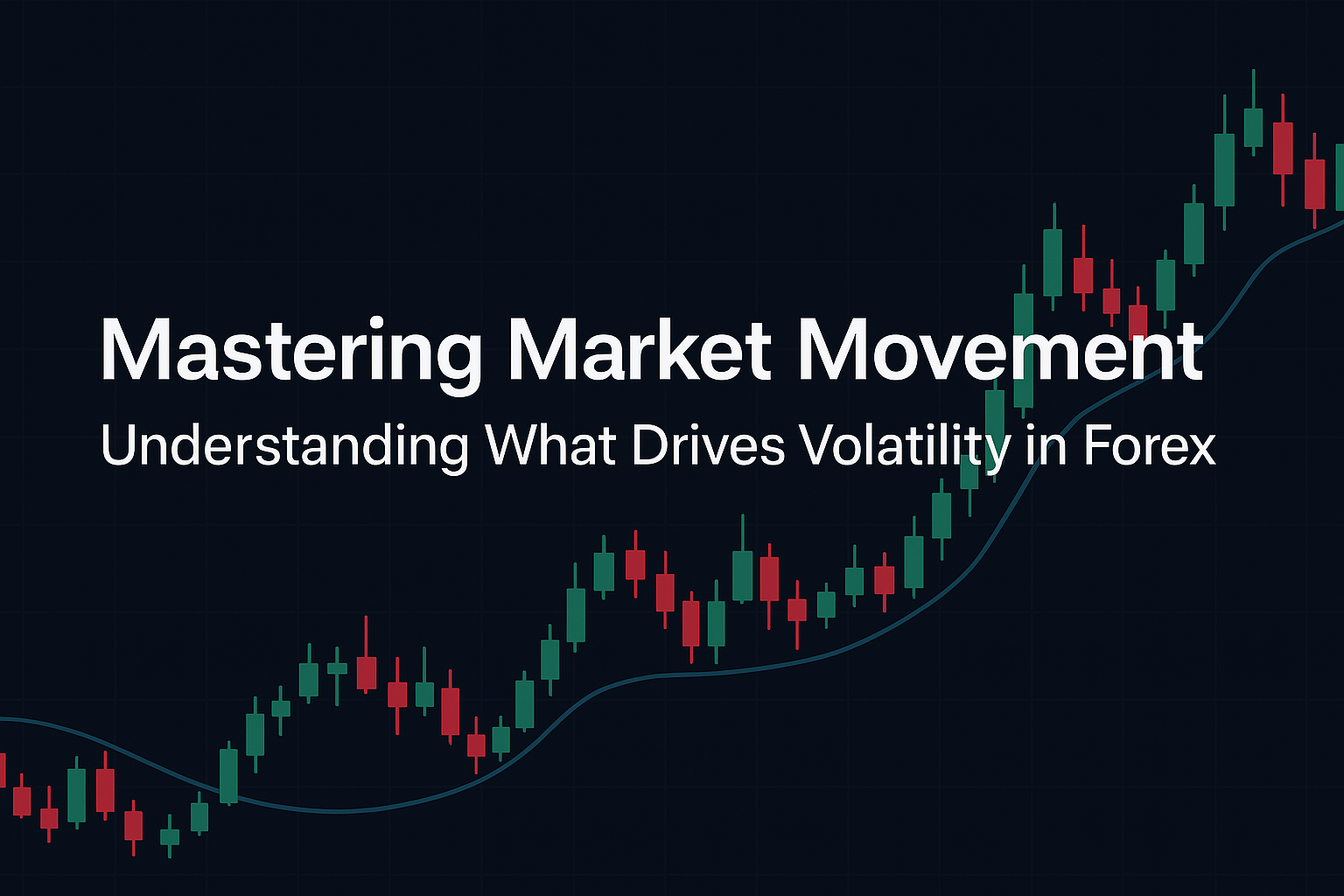


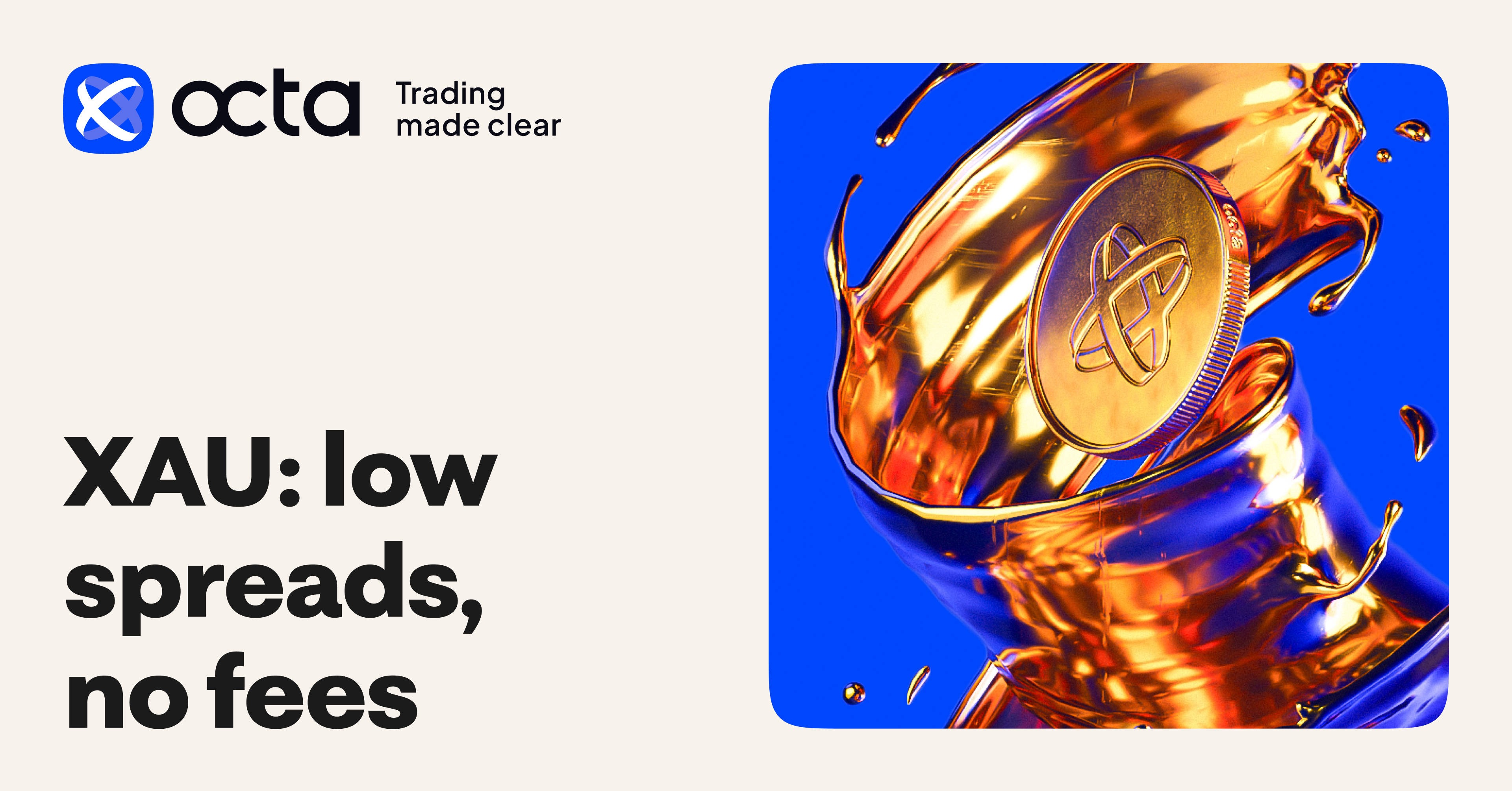
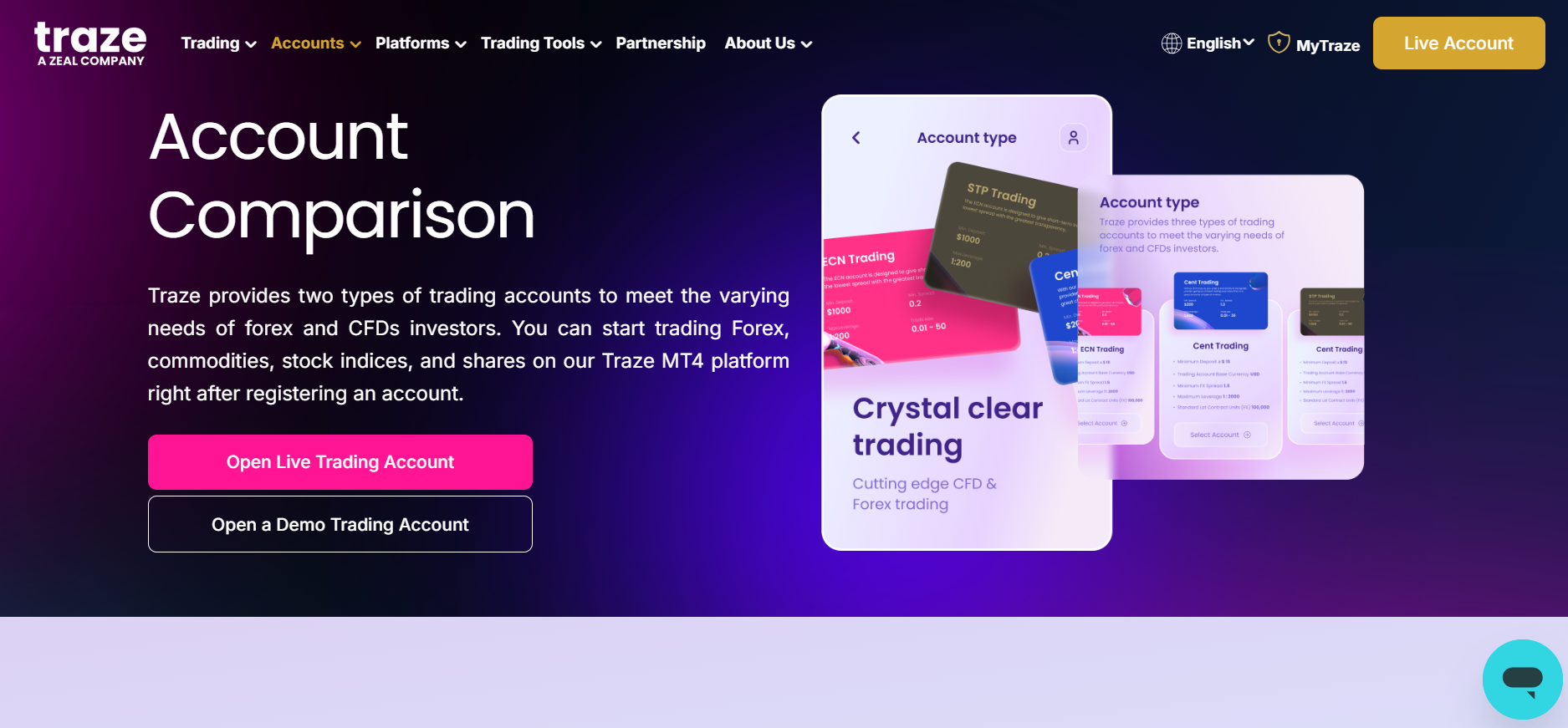
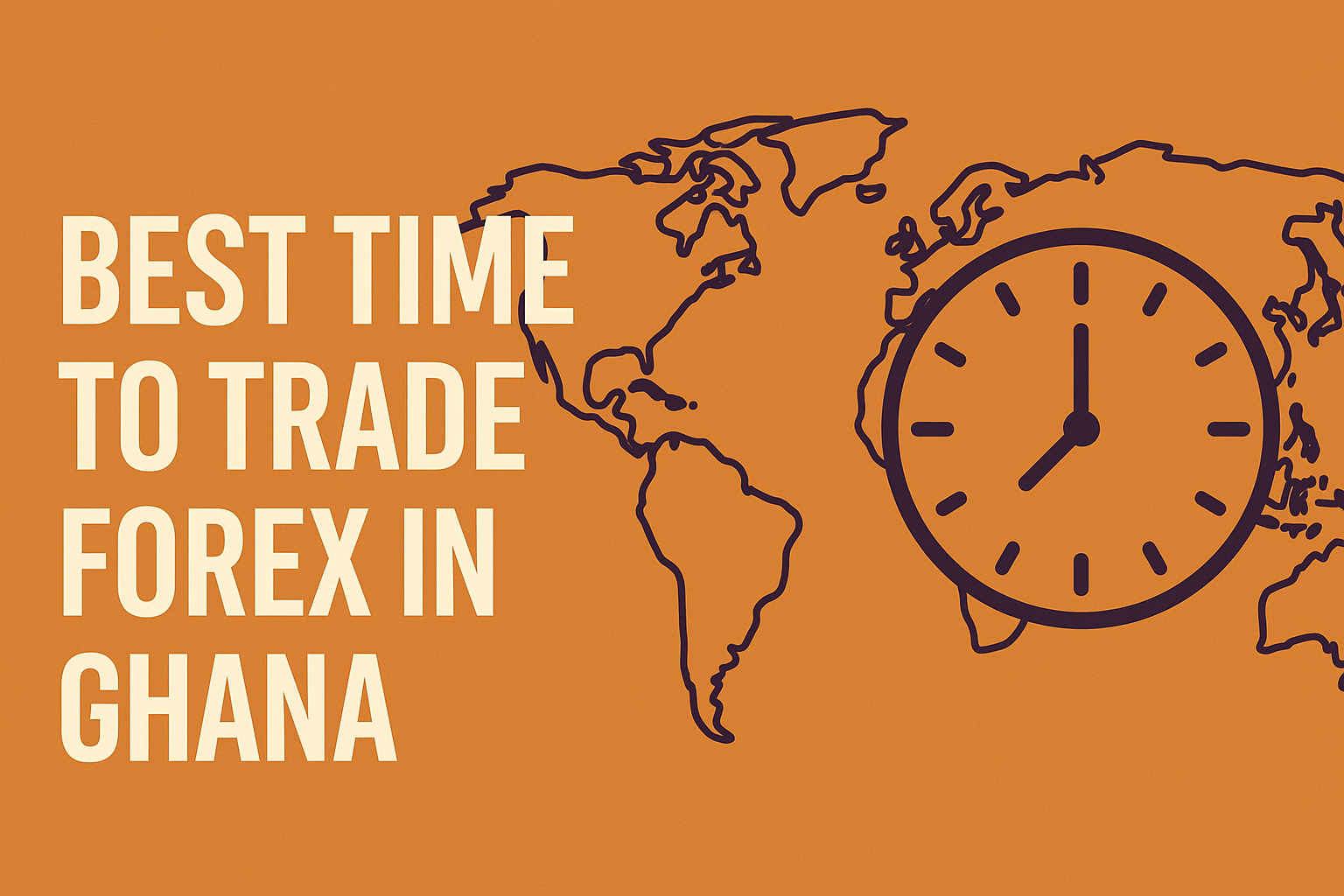
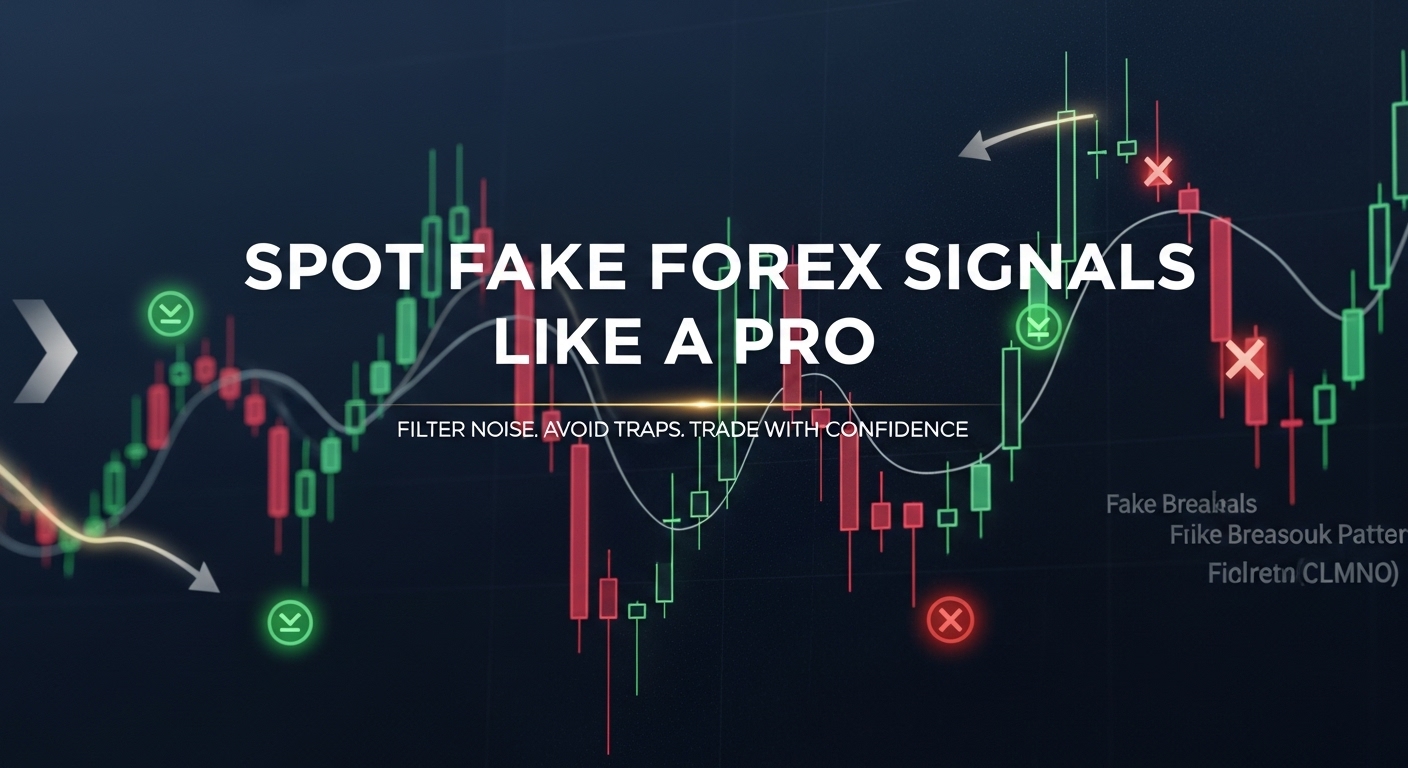
3 thoughts on “Master The Cause Of Volatility in Forex”